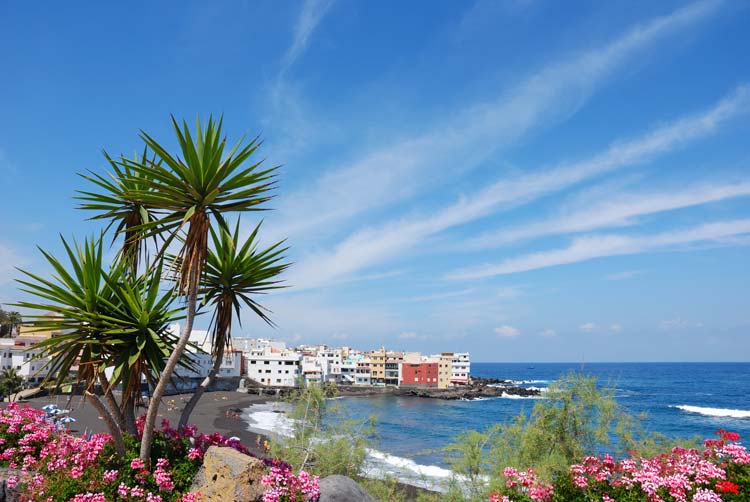Most people, when thinking of European winter, imagine tons of snow falling from the skies, dark evenings, darkness, wind, and cold. While a winter trip to Europe can indeed be tough, it’s not always the case. First of all, even the cold weather can be enjoyable. Secondly, if the first argument doesn’t sound convincing, you should know there are several destinations across Europe where winter isn’t as robust as in its northern parts. In addition to parts of the mainland that remain warm all year long, there are also some lovely islands gifted with great amounts of sunshine.
Table of Contents
Winter Trip to Europe
Here’s a list including 5 of them. To make it easier to understand how exactly the weather is out there, we mention average temperatures. They’re not really what most people would consider very high, but it’s still warm compared to other parts of Europe and enough to comfortably travel around.
Madeira, Portugal
Average temperatures:
December: 18°C (high 20°C)
January: 16°C (high 18°C)
February: 16°C (high 18°C)
March: 17°C (high 19°C)
Another sunny archipelago, Madeira consists of three islands: Madeira, Porto Santo, and the Desertas. They’re scattered over the Atlantic Ocean, west and a bit south of Portugal. Famous for its landscapes, wines and historical attractions, Madeira is a popular tourist destination. Despite being small, Madeira offers a variety of activities and attracts numbers of visitors. Pleasant warmth never leaves the islands, so visitors come all year long. Snow falls rarely and only on the mountains, sunshine almost never goes away, and the temperatures are relatively high – they often reach even over 20°C in the winter months.

Canaries, Spain
Average temperatures (to make it simpler, we list temperatures only for Tenerife, the largest of Canary Islands):
December: 17°C (high 20°C)
January: 17°C (high 20°C)
February: 17°C (high 20°C)
March: 18°C (high 21°C)
It’s not one island, but seven, so The Canaries could make enough of destinations for a separate list. Nevertheless, it’s an archipelago, so let’s treat them as such. The islands politically belong to Spain, thus are treated as a part of Europe, although geographically they’re quite far from the continent (the European one, because Africa is much closer – only 100 kilometers of Atlantic’s waters separate them from the coast of Morocco). The Canaries are one of Europe’s hottest destinations, considering both the weather and general atmosphere. With their parties and festivities, Canaries are sizzling. Unique fauna and flora make them a perfect place for all nature-lovers, beautiful coasts lure enthusiasts of “fun in the sun,” a fascinating mixture of cultures can amaze even the kind of travelers who have crossed numerous countries. In addition to that, the islands stay warm all year long.
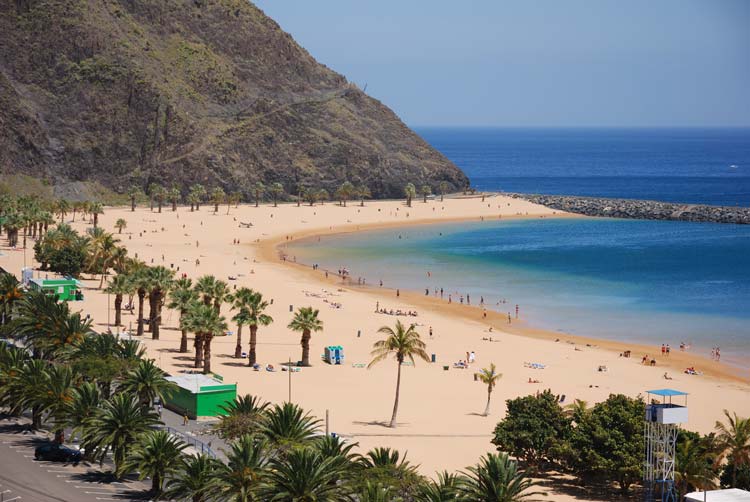
Malta
Average temperatures:
December: 14°C (high 18°C)
January: 13°C (high 16°C)
February: 13°C (high 16°C)
March: 14°C (high 18°C)
This charming country consists of three islands: the largest one, called Malta just as the whole country, and two smaller ones, Gozo and Comino. It lies between Italy, Tunisia, and Libya, in the Mediterranean Sea. Winter in Malta is mild but not hot, so sunbathing isn’t an option. Nevertheless, it’s warm enough for you to enjoy treks in nature and long walks in the lovely, historical Maltese towns. It’s also not too cold for sitting outside, watching colorful little boats which are omnipresent on Maltese coast, visiting tiny villages, admiring mysterious old temples and exploring numerous ancient sites.
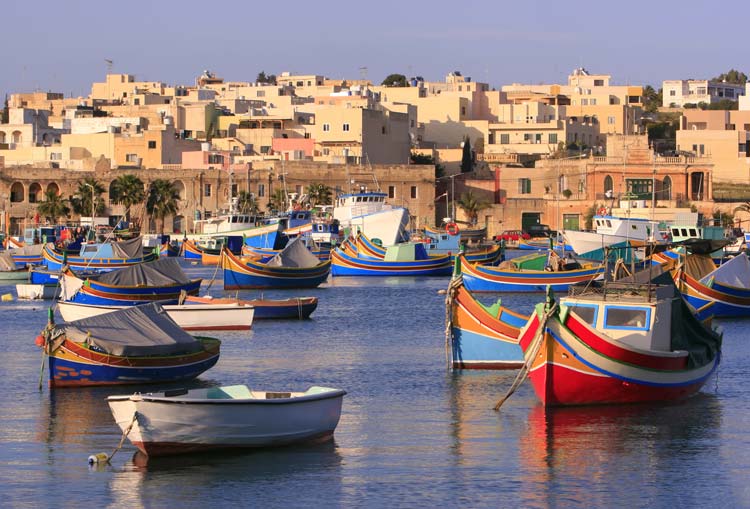
Cyprus
Average temperatures:
December: 15°C (high 19°C)
January: 13°C (high 17°C)
February: 13°C (high 17°C)
March: 14°C (high 19°C)
Cyprus is mainly known as a fabulous holiday destination, but it’s more than that. The island has fancy resorts, vibrant clubs, and exclusive restaurants, but it also has Roman ruins, captivating museums, traditional eateries, awe-inspiring nature and endless opportunities for outdoor enthusiasts. With influences from Greece, Turkey, and other countries, Cyprus is incredibly diverse regarding culture, religion, art, and cuisine. Even if it’s a bit too chilly to swim in the sea, you can focus on exploring its history, take advantage of the dazzling night-life and stroll about while enjoying mild, sunny weather.
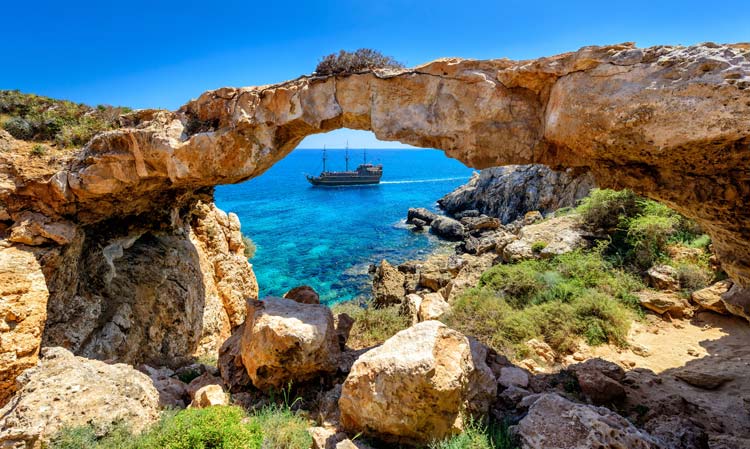
Crete, Greece
Average temperatures:
December: 14°C (high 17°C)
January: 11°C (high 16°C)
February: 12°C (high 16°C)
March: 14°C (high 17°C)
The lovely gem of Greece, Crete is its largest island, loved and visited by many. With the abundance of ancient sites, the wild nature and striking landscapes, with the charming locals and welcoming culture, Crete has stolen countless hearts. Since the island is so diverse, it attracts a variety of guests. Backpackers, luxury-seekers, hikers, swimmers, foodies, wine-lovers – many have fallen for this sunny island. Winters on Crete are not so hot that one could surf or lay on the beach, but the weather’s still good for sight-seeing, trekking, and many other activities. It can be rainy at times, so make sure to have a proper jacket with you. Many of Crete’s resorts are only open during the high-season, but it’s not necessarily a problem – at least during the winter you can avoid crowds and discover the island more peacefully.
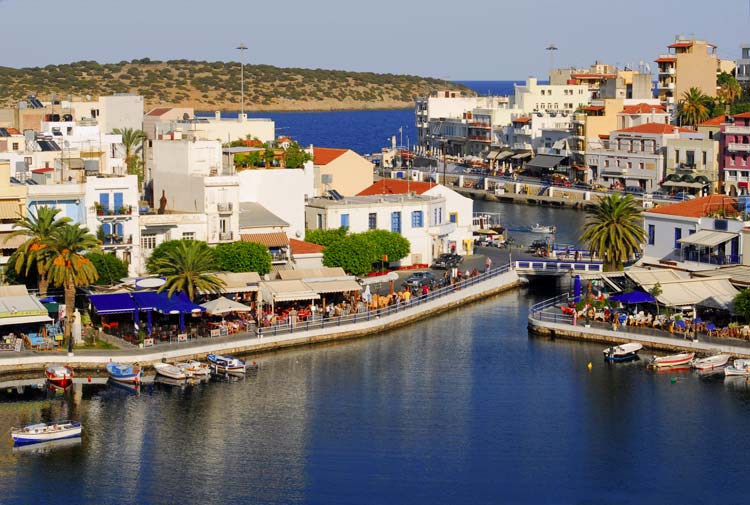
Have you visited any of these islands? How was it? Made another winter trip to Europe? Let us know. And remember to share this article with all your sun-seeking friends!

